What Is A Stand Assist Lift?
Introduction
In the world of mobility solutions, the Stand Assist Lift is a simple yet extremely effective tool that’s important to be understood. Why is it so important, though, and why is it gaining prominence in both healthcare settings and everyday life? A Stand Assist Lift is a specialized apparatus engineered to assist individuals in transitioning from a seated to a standing position. Whether recuperating from surgery, managing limited mobility, or navigating the challenges of aging, these lifts provide crucial support for those who need a helping hand, quite literally.
The significance of Stand Assist Lifts extends far beyond mere convenience. In healthcare, these devices have become essential tools for aiding both patients and caregivers. Offering a safe and efficient means of lifting and transferring individuals, stand assist lifts play a pivotal role in minimizing the risk of injuries, ensuring a secure and dignified experience for all involved.
Table of Contents
Understanding Stand Assist Lifts
Mechanics & Design
At the core of the Stand Assist Lift's functionality lies a thoughtful combination of mechanics and ergonomic design. Typically featuring a sturdy frame with a lifting mechanism, these lifts are designed to be both stable and versatile. The lifting mechanism employs electric or hydraulic systems, allowing for a smooth and controlled transition from a seated to a standing position. Many models are equipped with adjustable features to cater to individual needs, ensuring a personalized and comfortable experience. The base is often wide and stable to prevent tipping, and handles or grips are strategically placed for the user to hold onto during the lifting process.
Key Components
Understanding the key components of a Stand Assist Lift unveils the engineering design behind its functionality. The hand control, often conveniently located on the lift or on a handheld device, enables the caregiver or user to operate the lift with precision. Safety features such as emergency stop buttons and manual lowering options add an extra layer of security. The lifting harness or sling, an essential component, is designed for comfort and ease of use, securely attaching to the lifting arms and providing support during the standing motion. Wheels or casters, integrated into the base, facilitate smooth movement and positioning. Collectively, these key components contribute to the effectiveness and reliability of Stand Assist Lifts in addressing mobility challenges and enhancing the overall user experience.
Types of Stand Assist Lifts
When it comes to Stand Assist Lifts, the diversity in design and functionality caters to various needs and preferences. Understanding the different types helps individuals and caregivers choose the most suitable option for their specific requirements. Here are some common types of Stand Assist Lifts:
Manual Stand Assist Lifts:
- Operated by caregivers or users through manual effort.
- Ideal for situations where power sources are limited or not readily available.
- Requires physical effort to pump or crank the lifting mechanism.
Electric Stand Assist Lifts:
- Powered by electricity for a more effortless and controlled lifting process.
- Controlled through a user-friendly panel or remote, allowing for precise adjustments.
- Suitable for users with limited strength or those who prefer a more automated lifting experience.
Hydraulic Stand Assist Lifts:
- Utilizes hydraulic power to smoothly lift and lower individuals.
- Offers a balance between manual and electric models, providing controlled movement with minimal effort.
- Often chosen for its reliability and ease of maintenance.
Sit-to-Stand Transfer Aids:
- Designed for users who have some weight-bearing capacity.
- Assists in the transition from sitting to standing, promoting independence.
- Lightweight and portable, making them suitable for both home and healthcare settings.
Bariatric Stand Assist Lifts:
- Engineered to accommodate individuals with higher weight capacities.
- Sturdier frames and reinforced lifting mechanisms ensure safety and stability.
- Crucial for providing assistance to those with mobility challenges in the plus-size category.
Each type of Stand Assist Lift comes with its own set of advantages, and the choice often depends on factors such as the user's mobility level, caregiver preferences, and the intended use environment. By understanding these variations, individuals can make informed decisions to enhance their mobility and regain independence in daily living.
Applications and Benefits
Stand Assist Lifts have become indispensable tools in various settings, offering a multitude of applications and benefits that extend beyond the surface. Here's a closer look at how these lifts are making a positive impact:
Healthcare Settings:
- In hospitals, nursing homes, and rehabilitation centers, Stand Assist Lifts play a vital role in patient care.
- Facilitates safe and efficient transfers for individuals with limited mobility, reducing the risk of caregiver injuries.
- Enables healthcare professionals to provide dignified care while maintaining patient comfort in an efficient manner.
Home Care:
- Offers a lifeline for individuals facing mobility challenges at home.
- Empowers users and their caregivers to navigate daily activities with greater ease and independence.
- Provides a secure means of standing up from chairs or beds, enhancing the overall quality of life.
Post-Surgery Rehabilitation:
- Essential in post-surgery recovery, especially for patients with temporary mobility limitations.
- Supports individuals in regaining strength and independence during the rehabilitation process.
- Reduces the physical strain on both patients and caregivers, fostering a smoother recovery journey.
Aging in Place:
- Promotes aging in place by allowing seniors to maintain their independence within their familiar home environments.
- Addresses the challenges associated with age-related mobility issues, fostering a sense of autonomy.
- Enhances overall well-being by facilitating safe and comfortable movements.
Caregiver Assistance:
- Alleviates the physical burden on caregivers by providing a mechanical aid in lifting and transferring individuals.
- Reduces the risk of back injuries and strains associated with manual lifting, contributing to caregiver well-being.
- Enhances the caregiving experience by making tasks more manageable and less physically demanding.
The applications of Stand Assist Lifts are widely diverse, but the benefits are clear. By promoting safety, independence, and a sense of control, these lifts have become transformative tools in healthcare, home care, and rehabilitation scenarios, enriching the lives of both users and caregivers alike.
Features to Look for In a Stand Assist Lift
When considering a Stand Assist Lift, the right set of features can make all the difference in ensuring a safe, comfortable, and practical experience. Here are key features to look for:
Weight Capacity:
- Check the weight capacity of the lift to ensure it accommodates the specific needs of the user.
- Different models come with varying weight limits, so selecting one that exceeds the user's weight is crucial for safety and stability during transfers.
Safety Features:
- Look for lifts equipped with safety features such as emergency stop buttons and manual lowering options.
- Built-in sensors and locking mechanisms add an extra layer of security, preventing accidents and ensuring a controlled lifting process.
Adjustability and Comfort:
- Opt for a Stand Assist Lift with adjustable features to cater to individual needs.
- Adjustable leg supports, lifting arms, and harnesses contribute to a more personalized and comfortable experience, accommodating different body shapes and sizes.
Portability and Storage:
- Consider the portability of the lift, especially if it will be used in various locations or for travel.
- Models with foldable or detachable components are ideal for easy storage and transportation, ensuring the lift can adapt to different environments.
Manual vs. Electrical Assisted Lifts:
- Manual lifts require physical effort from the caregiver, involving pumping or cranking to lift the user. Electrical assisted lifts, on the other hand, operate with the push of a button, reducing the physical strain on caregivers.
- Electrical assisted lifts offer a higher degree of precision and control during the lifting process. The ability to adjust height and position with electronic controls ensures a smoother and more tailored experience compared to manual lifts.
- Manual lifts can be suitable for users with some strength and mobility, as they may actively participate in the lifting process. Electrical assisted lifts, however, are more versatile, accommodating a broader range of users, including those with limited strength or mobility challenges.
Choosing a Stand Assist Lift with these features in mind not only enhances the overall user experience but also contributes to the longevity and versatility of the device. By prioritizing weight capacity, safety, adjustability, portability and the need for an electrically assisted or manual lift, individuals and caregivers can select a lift that meets their specific needs and seamlessly integrates into their daily routines.
How To Use A Stand Assist Lift
Using a Stand Assist Lift may seem complex at first, but with proper understanding and practice, it becomes a valuable tool for promoting safe and independent mobility. Here's a step-by-step guide on how to effectively use a Stand Assist Lift:
Prepare the Environment:
- Ensure the area around the lift is clear of obstacles, providing enough space for easy maneuvering.
- Lock the wheels of the lift to enhance stability during the transfer process.
Position the User:
- Seat the individual comfortably in the lift, ensuring their back is against the backrest and their feet are securely placed on the footrest.
Secure the Harness:
- If the lift utilizes a harness or sling, carefully position it around the individual, making sure it provides proper support and is securely attached to the lifting arms.
Operate the Controls:
- Familiarize yourself with the lift's control panel or remote if there is one, and ensure the user is aware of the process.
- Gradually activate the lifting mechanism, allowing the individual to rise from the seated position. Monitor the lift's movement closely.
Transition to Standing:
- As the lift raises the user, guide them gently to a standing position. Ensure they feel stable and comfortable before initiating any movement.
Move with Caution:
- Once in the standing position, carefully move the individual to the desired location. Use the lift's wheels to navigate smoothly, taking precautionary measures to avoid sudden movements.
Lowering Safely:
- When ready to lower the user, initiate the lowering mechanism slowly. Guide the individual back to a seated position with care.
Remove the Harness:
- If a harness or sling was used, remove it once the individual is safely seated. Ensure all straps are unfastened before detaching the lifting arms.
Regular training and communication with both the user and caregivers are essential for a seamless experience. Following these steps ensures the proper and safe utilization of a Stand Assist Lift, contributing to enhanced mobility and independence for individuals facing challenges in standing and sitting.
Tips for Caregivers and Users
Navigating the use of a Stand Assist Lift involves collaboration between caregivers and users to ensure a smooth and safe experience. Here are essential tips for both parties:
For Caregivers
Training is Key:
- Prioritize thorough training for caregivers on the proper operation of the Stand Assist Lift. Familiarity with the equipment's features and safety protocols is crucial.
Communication Matters:
- Maintain clear communication with the user throughout the process. Explain each step, and ensure they are comfortable and informed about what to expect.
Regular Equipment Checks:
- Conduct routine checks of the Stand Assist Lift to ensure it is in optimal working condition. This includes inspecting the control panel, lifting mechanism, and safety features.
Body Mechanics:
- Practice proper body mechanics to prevent caregiver strain. Utilize the handles and grips provided on the lift to maintain a comfortable posture during transfers.
Patience and Reassurance:
- Be patient and offer reassurance to the user. Transitions with a Stand Assist Lift may take time, especially for those new to the equipment. Support and encouragement are essential.
For Users
Be Engaged in Training:
- Actively participate in the training sessions on how to use the Stand Assist Lift. Understanding the process enhances confidence and ensures a more comfortable experience.
Provide Feedback:
- Communicate any discomfort or concerns during transfers. Your feedback is crucial in adjusting the equipment or modifying the process to better suit your needs.
Assist as Much as Possible:
- If you have the ability, provide as much assistance as you can during the transfer process. This collaboration can contribute to a smoother and more efficient experience.
Maintain Proper Posture:
- Sit back against the backrest and keep your feet securely on the footrest during transfers. Maintaining good posture enhances the lift's stability and ensures a safer process.
Trust the Equipment:
- Trust in the functionality of the Stand Assist Lift. Understand that the equipment is designed with safety in mind, and following the recommended procedures minimizes risks.
By ensuring open communication, emphasizing proper training, and practicing patience, caregivers and users can work together seamlessly to make the most of the benefits that a Stand Assist Lift offers in terms of safety, comfort, and enhanced mobility.
Comparing Stand Assist Lifts to Other Mobility Devices
In the realm of mobility assistance, various devices cater to different needs, but Stand Assist Lifts stand out as unique solutions, offering distinctive advantages. Here's a brief comparison of Stand Assist Lifts to other similar mobility devices:
- Stand Assist Lifts vs. Hoyer Lifts - Hoyer Lifts are designed for full-body transfers, often used in healthcare settings. In contrast, Stand Assist Lifts are more compact and cater specifically to the task of helping individuals stand, making them suitable for home use as well.
- Stand Assist Lifts vs. Transfer Chairs - Transfer chairs are designed for moving individuals short distances. Stand Assist Lifts, on the other hand, facilitate vertical transitions, providing crucial support for those who struggle with standing from a seated position.
- Stand Assist Lifts vs. Sit-to-Stand Transfer Aids - Both Stand Assist Lifts and Sit-to-Stand Transfer Aids assist individuals in standing, but Stand Assist Lifts offer additional features like adjustable harnesses and lifting mechanisms, providing a more customized and supportive experience.
Understanding the specific functionalities and advantages of Stand Assist Lifts in comparison to other devices empowers individuals and caregivers to make informed decisions based on their unique mobility requirements.
Advantages Over Traditional Transfer Methods
Stand Assist Lifts have revolutionized the landscape of mobility assistance, offering a range of advantages over traditional transfer methods. Here's a closer look at how Stand Assist Lifts excel:
- Reduced Physical Strain - Unlike manual transfers that often rely on physical strength alone, Stand Assist Lifts use mechanical assistance, reducing the physical strain on both users and caregivers. This is particularly beneficial in preventing injuries associated with manual lifting.
- Enhanced Safety - Stand Assist Lifts come equipped with safety features such as emergency stop buttons and locking mechanisms, ensuring a secure and controlled transfer process. This significantly minimizes the risk of accidents or injuries during transfers.
- Promotes Independence - Stand Assist Lifts empower users to actively participate in the standing process, promoting a sense of independence. Users can gradually build strength and confidence with the support of the lift, contributing to their overall well-being.
- Efficient and Time-Saving - Traditional transfer methods may be time-consuming and require significant effort. Stand Assist Lifts streamline the process, offering a more efficient and timely means of transitioning from a seated to a standing position.
- Versatility in Settings - While traditional transfer methods may be limited to specific environments, Stand Assist Lifts are versatile and adaptable. They can be used in various settings, from healthcare facilities to home environments, providing consistent support.
- Customized Support - Stand Assist Lifts often come with adjustable features, allowing for a more customized experience. Features such as adjustable leg supports and lifting arms cater to individual needs, ensuring optimal comfort during transfers.
Stand Assist Lifts not only simplify the transfer process but also elevate the standards of safety, efficiency, and user empowerment. Their advantages make them a transformative solution for individuals seeking a more secure and comfortable means of transitioning between seated and standing positions.
Considerations When Purchasing a Stand Assist Lift
Selecting the right Stand Assist Lift involves thoughtful consideration of both the user's specific needs and budgetary constraints. Here are key factors to keep in mind:
- User's Mobility Requirements - Assess the user's mobility level and specific needs. Different Stand Assist Lifts cater to varying degrees of assistance, from minimal support for those with some weight-bearing capacity to more robust models for individuals with greater mobility challenges.
- Weight Capacity - Ensure the chosen lift has a weight capacity that accommodates the user's weight. It's crucial to select a model that exceeds the user's weight to ensure safety and stability during transfers.
- Adjustability and Comfort - Look for lifts with adjustable features such as lifting arms, leg supports, and harnesses. This customization ensures a more comfortable and personalized experience, catering to the unique body shape and size of the user.
- Safety Features - Prioritize lifts equipped with comprehensive safety features. Emergency stop buttons, locking mechanisms, and built-in sensors contribute to a secure transfer process, minimizing the risk of accidents or injuries.
- Budget Considerations - Understand the budget constraints and explore options that offer the best balance between affordability and the necessary features. While Stand Assist Lifts come in a range of price points, it's essential to prioritize safety and functionality within the allocated budget.
- Space and Storage - Consider the available space where the lift will be used. Some models are more compact and maneuverable, making them suitable for smaller living spaces. Additionally, assess the storage options, especially if the lift needs to be stowed away when not in use.
- Ease of Use - Opt for a Stand Assist Lift with user-friendly controls and straightforward operation. Both the user and caregivers should feel confident and comfortable using the lift on a daily basis.
By carefully evaluating these considerations, users and caregivers can make informed decisions when purchasing a Stand Assist Lift. Finding the right balance between functionality, safety features, and budget ensures that the selected lift aligns seamlessly with the user's specific needs, fostering a more inclusive and empowering living experience.
Benefits of using Sit-To-Stand Aids
When it comes to addressing specific mobility requirements, some individuals may find themselves as perfect candidates for Sit-To-Stand Aids for assistance. If you or someone you care for requires this kind of support, understanding the benefits of using a sit-to-stand aid is crucial. Let's delve into the features that make these aids a game-changer for individuals seeking optimal comfort, ease of use, and enhanced mobility.
- Optimal Ergonomic Grip - They provide an enhanced user experience with handles designed for optimal grip, providing a soft, warm feel for comfort during transfers.
- Double Attachment Points - Simplify the attachment process for caregivers by positioning the accessory attachment points on the sides of the handle, making it easier to secure additional aids.
- Easy to Clean - Maintain hygiene effortlessly as the leg support paddings incorporate a closed-cell foam, ensuring easy cleaning and upkeep.
- Auditive Feedback for Leg Support - Benefit from auditive feedback with the central locking mechanism, providing a reassuring sound when the leg support is securely adjusted into position.
- Low Step-In Height - Enjoy easy accessibility with a low step-in height, facilitating smooth boarding for the user. The angled edge further enhances the boarding experience.
- Curved for Toilet Access - Navigate restroom facilities with ease as the base plate features a curved side, accommodating toilet designs and allowing users to get closer comfortably.
- Compact Total Width - Maneuver through narrow doorways effortlessly with the narrow designs, ensuring accessibility in confined spaces.
- Brake with Auditive Feedback - Enhance safety during transfers with an integrated brake function on the wheels, providing auditive feedback when activated, ensuring secure and controlled movements.
Conclusion
In the ever-evolving landscape of mobility solutions, the Stand Assist Lift has remained a valuable tool for empowerment and independence. Beyond its mechanical intricacies, the true significance of these lifts lies in their ability to transform lives. As we've explored, whether recovering from surgery, facing mobility challenges, or embracing the golden years, Stand Assist Lifts provide not just physical support but a pathway to dignity and autonomy.
In healthcare settings, where precision and care are paramount, these lifts have become indispensable allies for both patients and caregivers. The seamless transitions they facilitate not only minimize the risk of injuries but also contribute to the emotional well-being of those receiving care. It’s clear that Stand Assist Lifts are not mere devices; they are catalysts for a more inclusive, supportive, and dignified future for the users. As these lifts find their place not only in hospitals but also in the very homes where lives unfold, their significance becomes even more profound — they are the silent champions, lifting not just bodies but spirits, and ushering in new opportunities of mobility and independence.
Let Us Know What You Think!
Your thoughts and questions are incredibly valuable to us, and we'd love to hear from you. If you have additional insights to share, your comments can spark meaningful discussions and enhance the collective knowledge of our community. Don't hesitate to ask any questions you may have; our team is here to provide answers and engage with you. So, please, take a moment to leave a comment or question below. Your input is much appreciated!




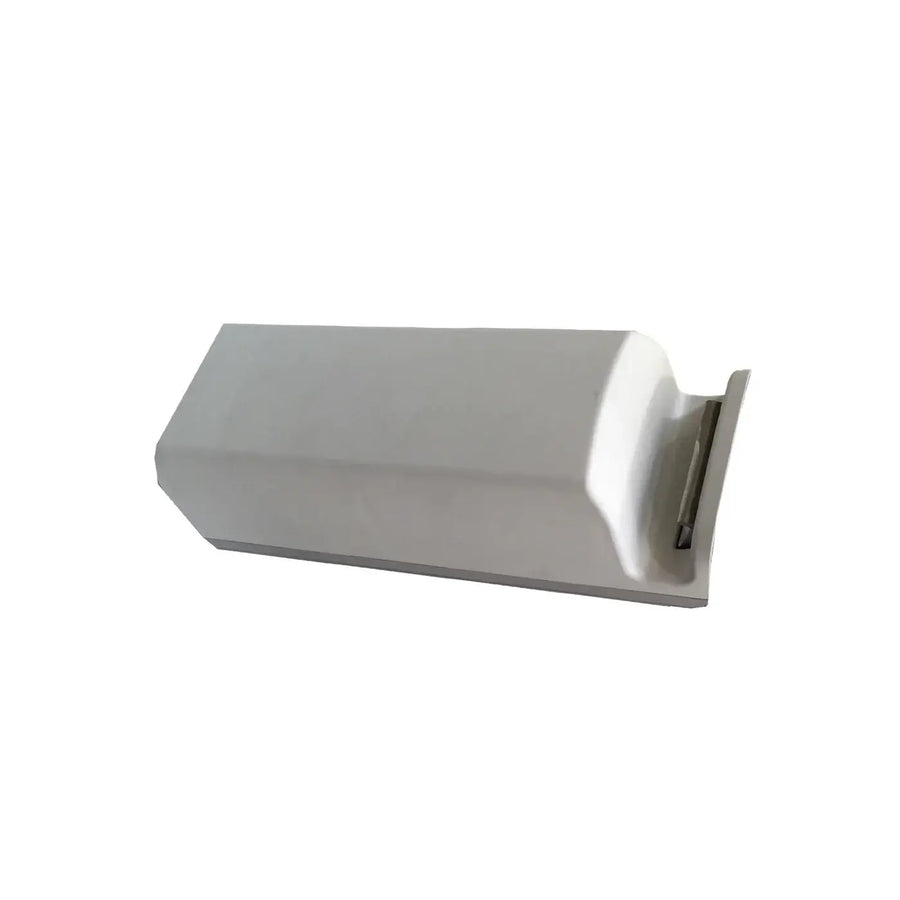
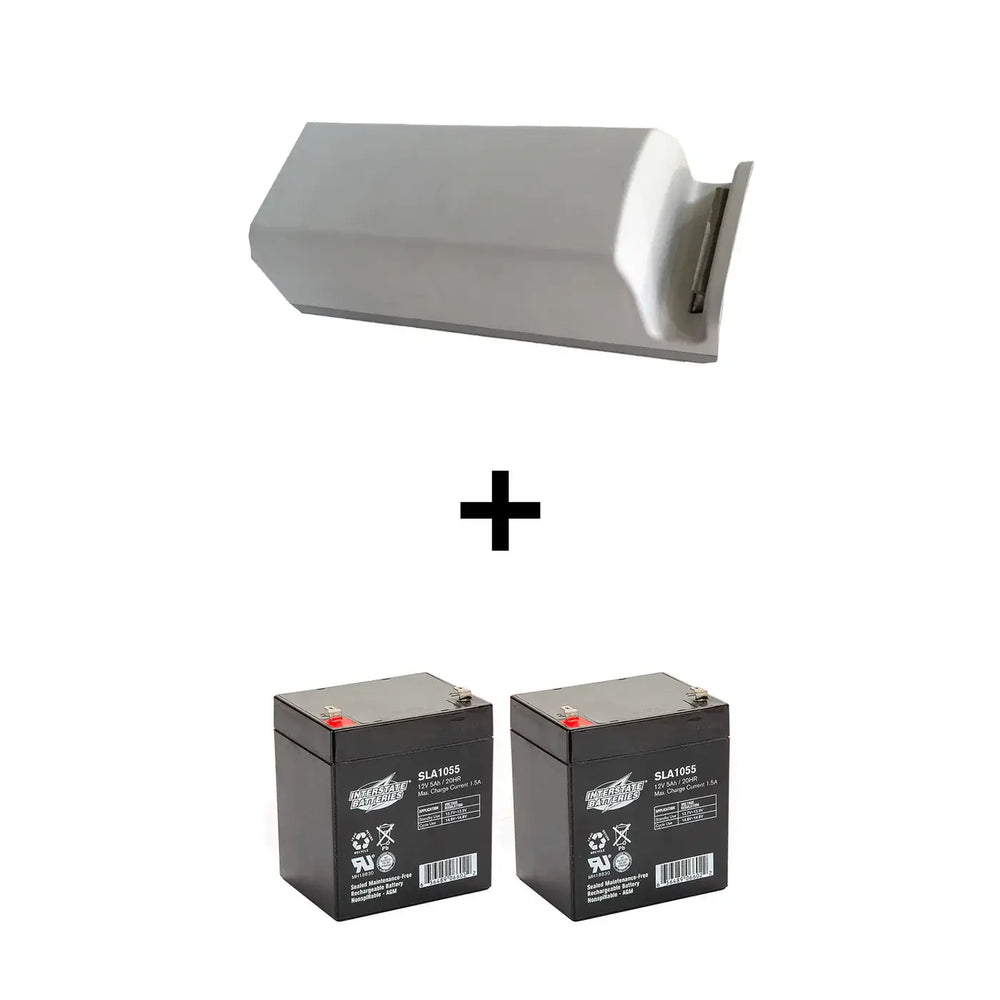




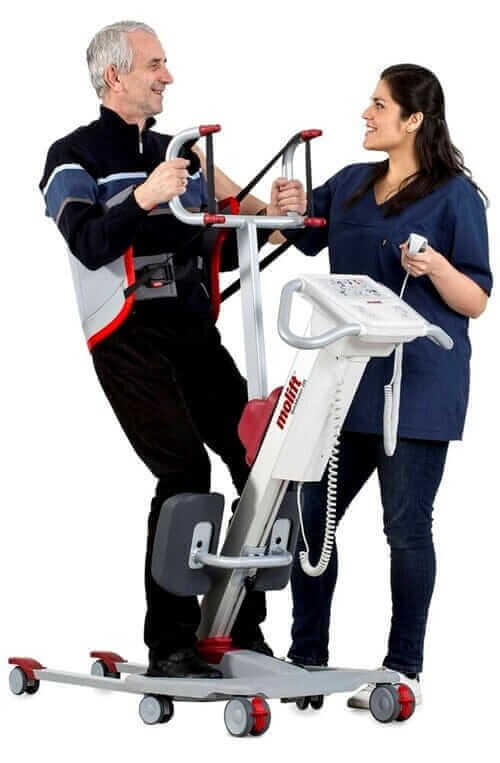

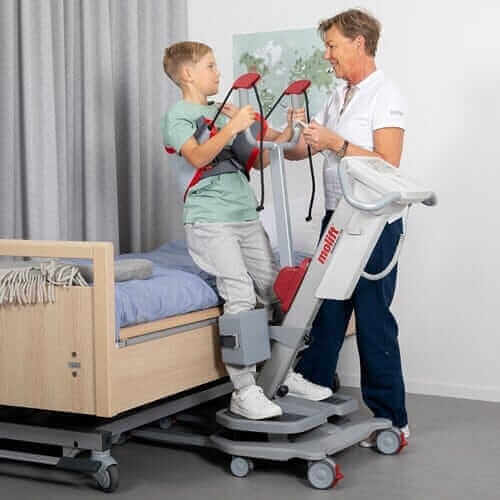
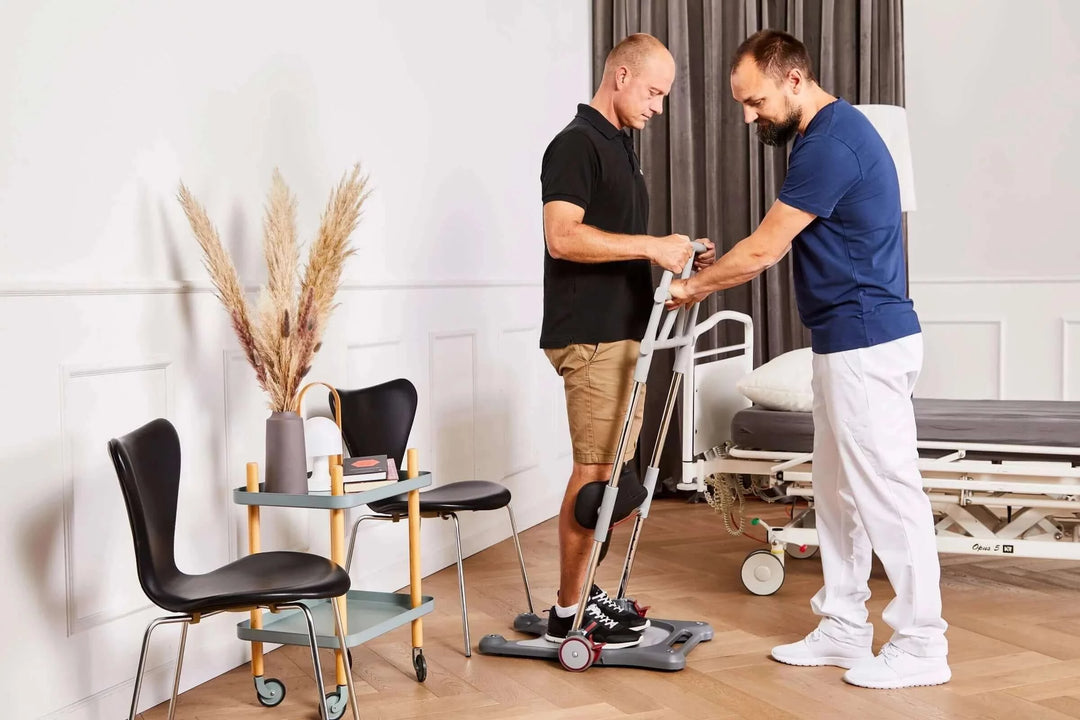
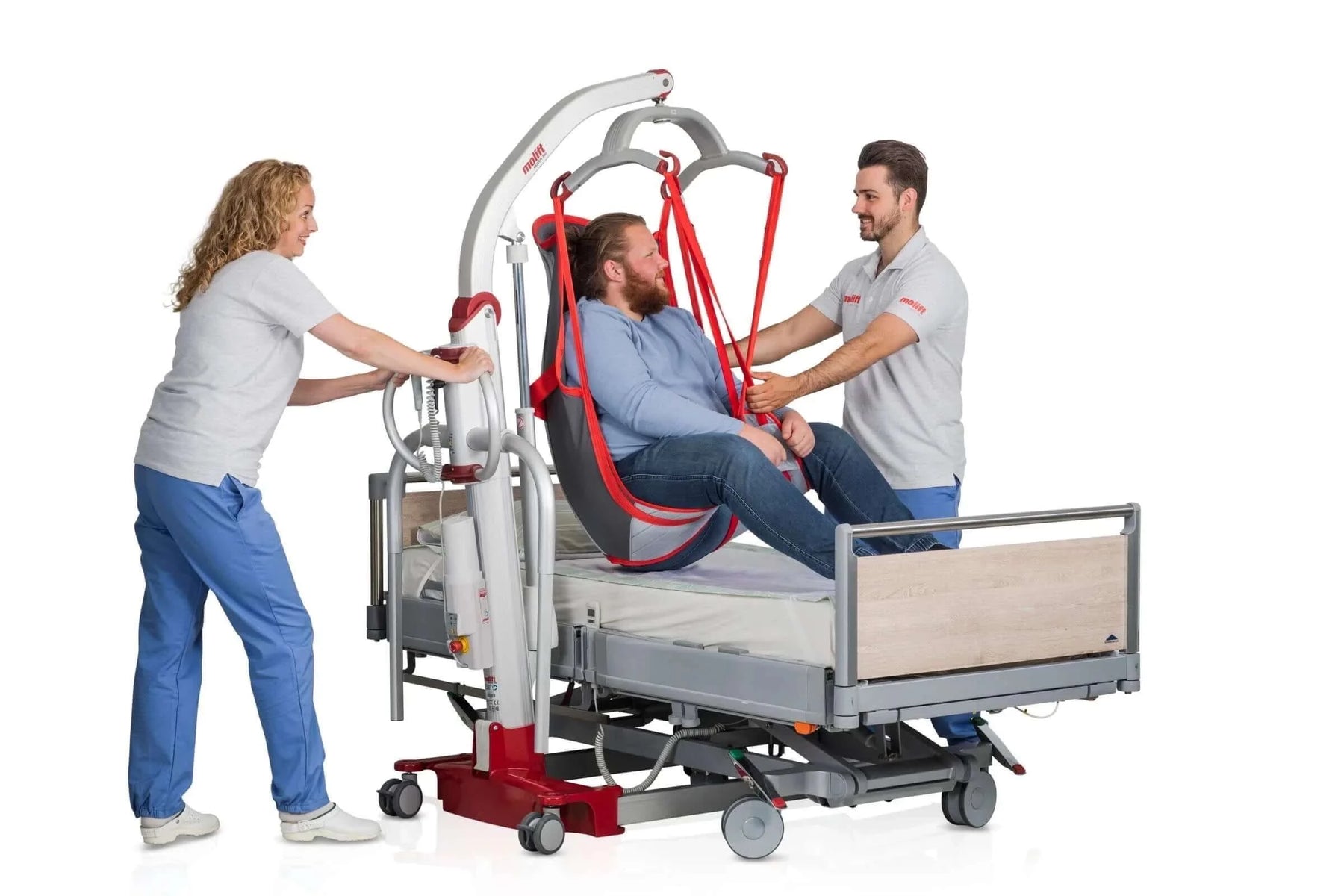
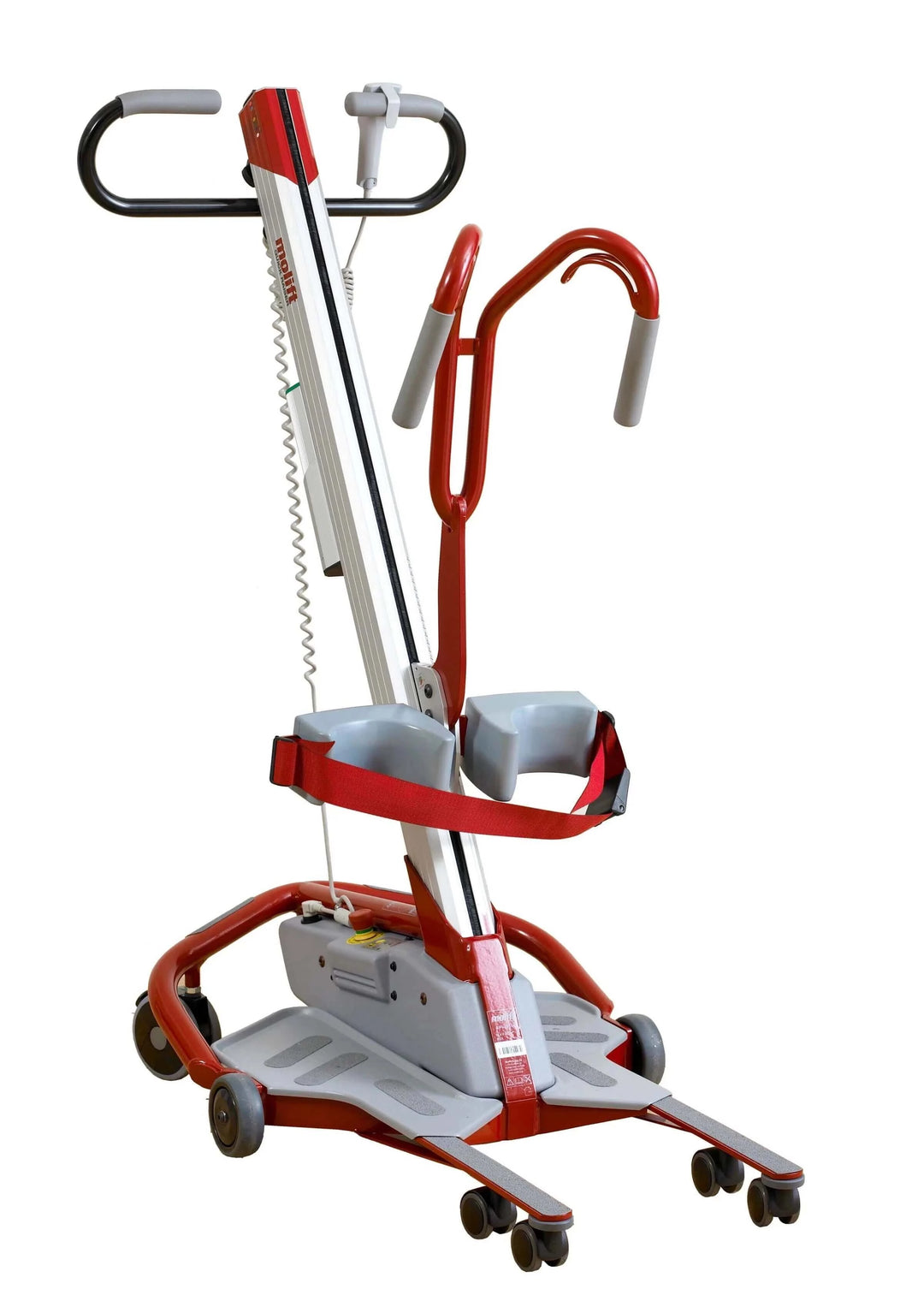

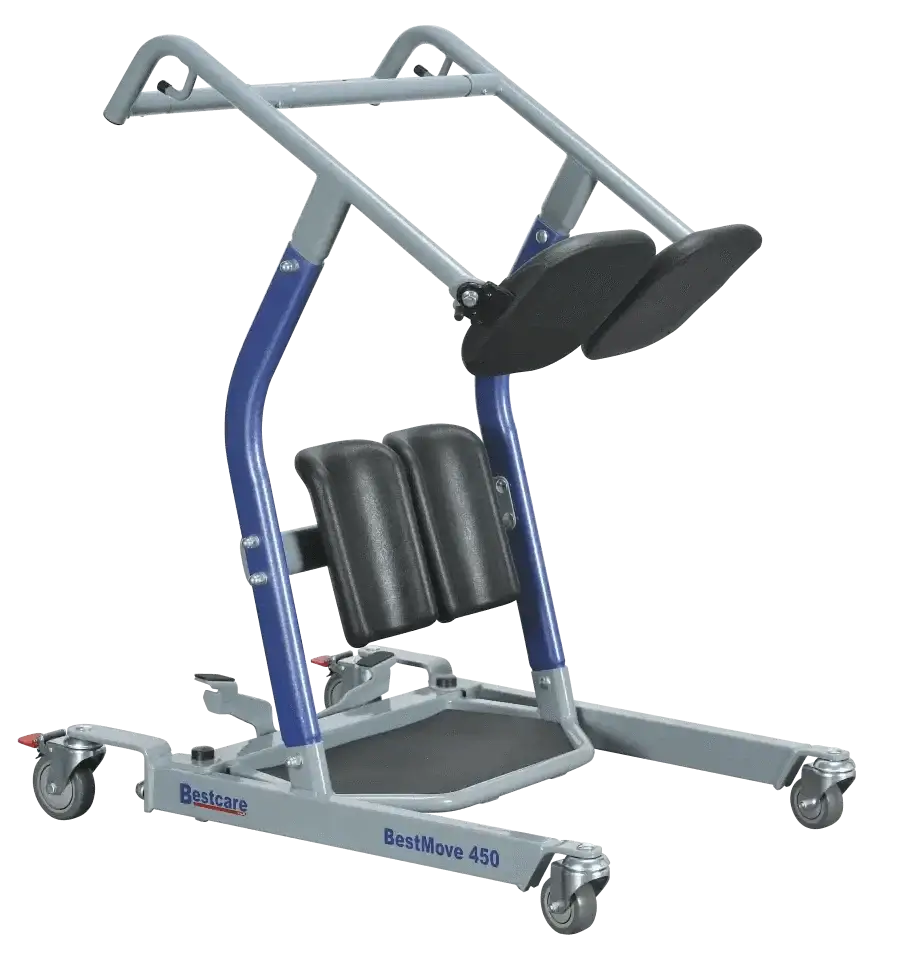
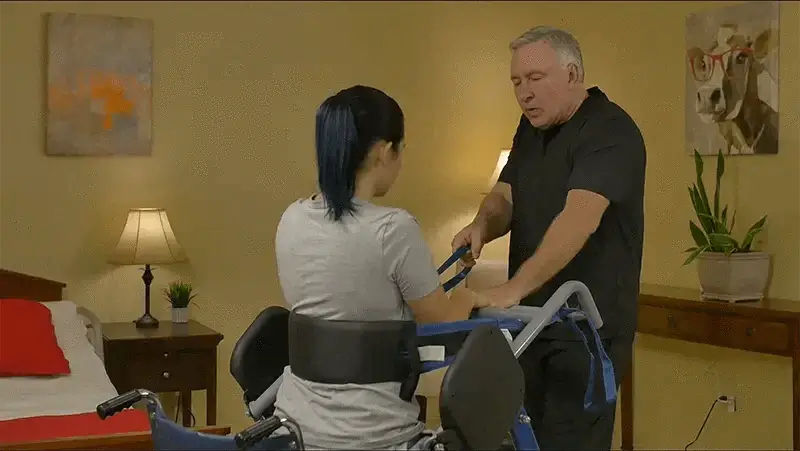
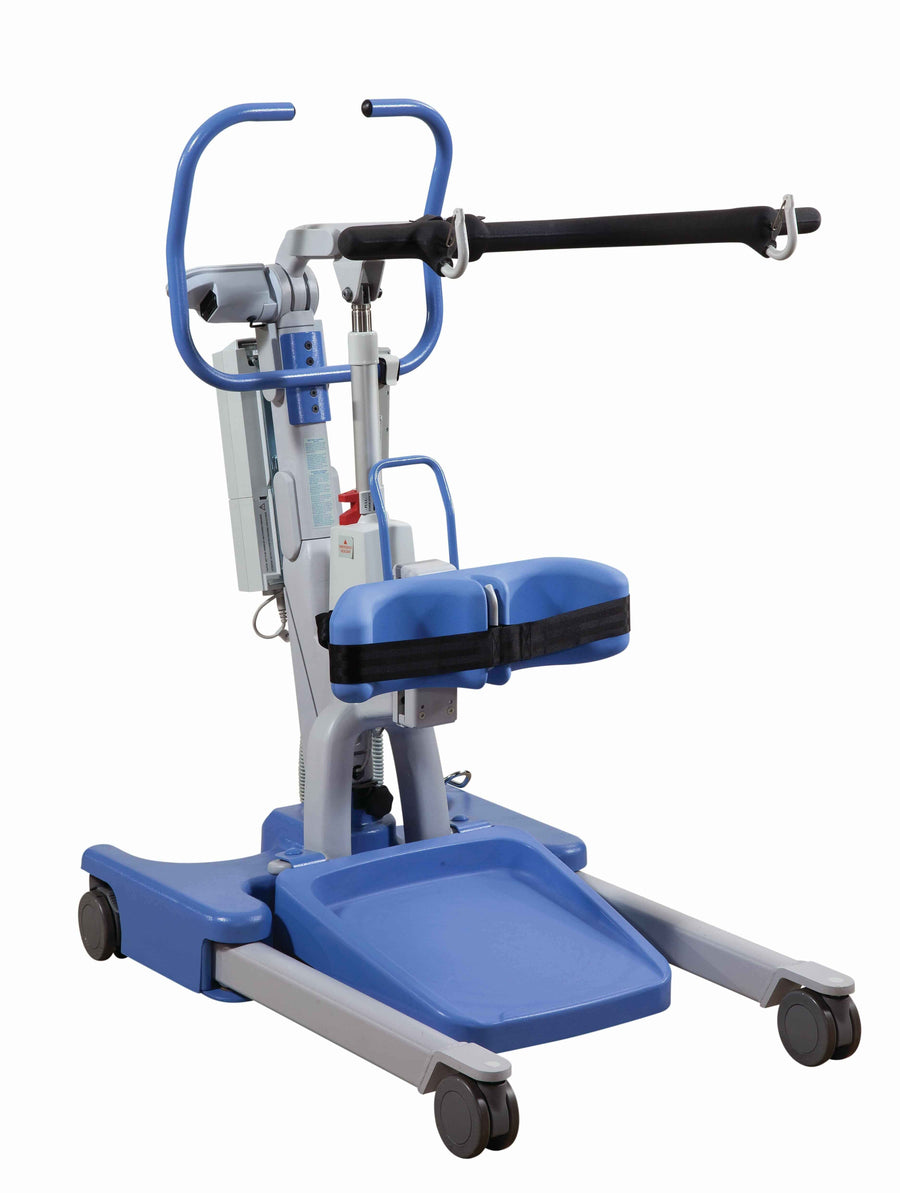
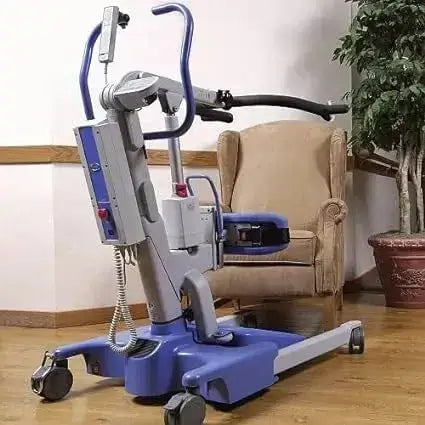
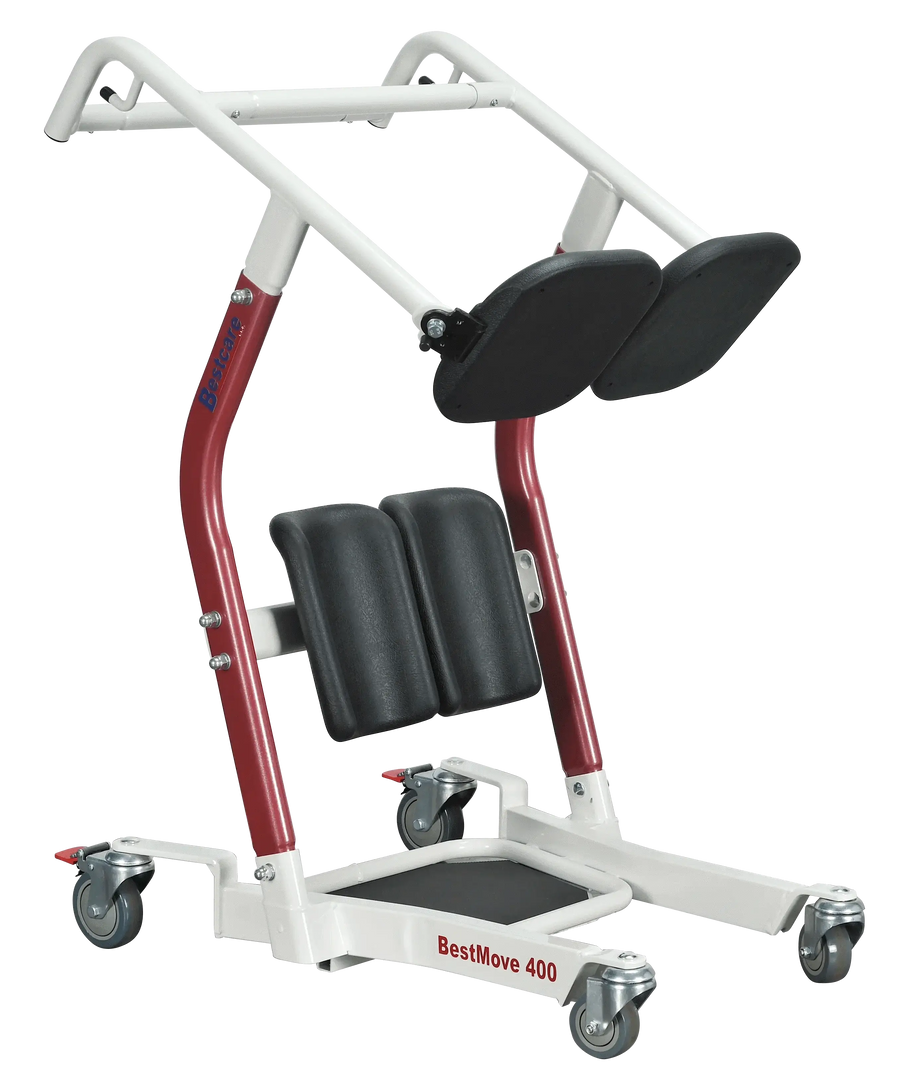
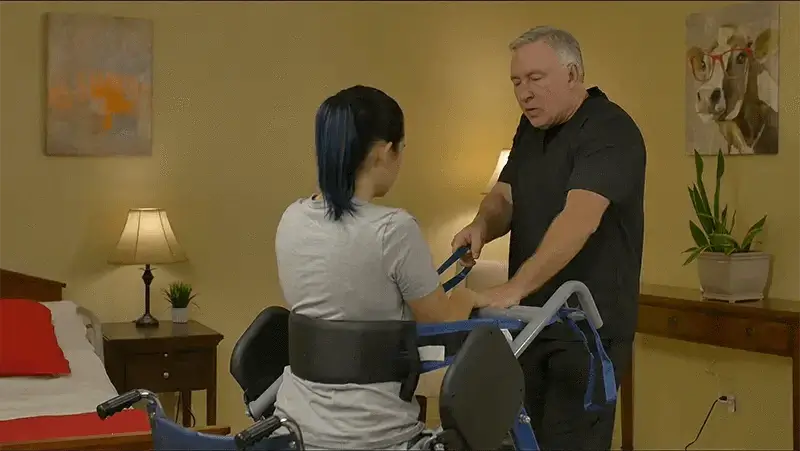


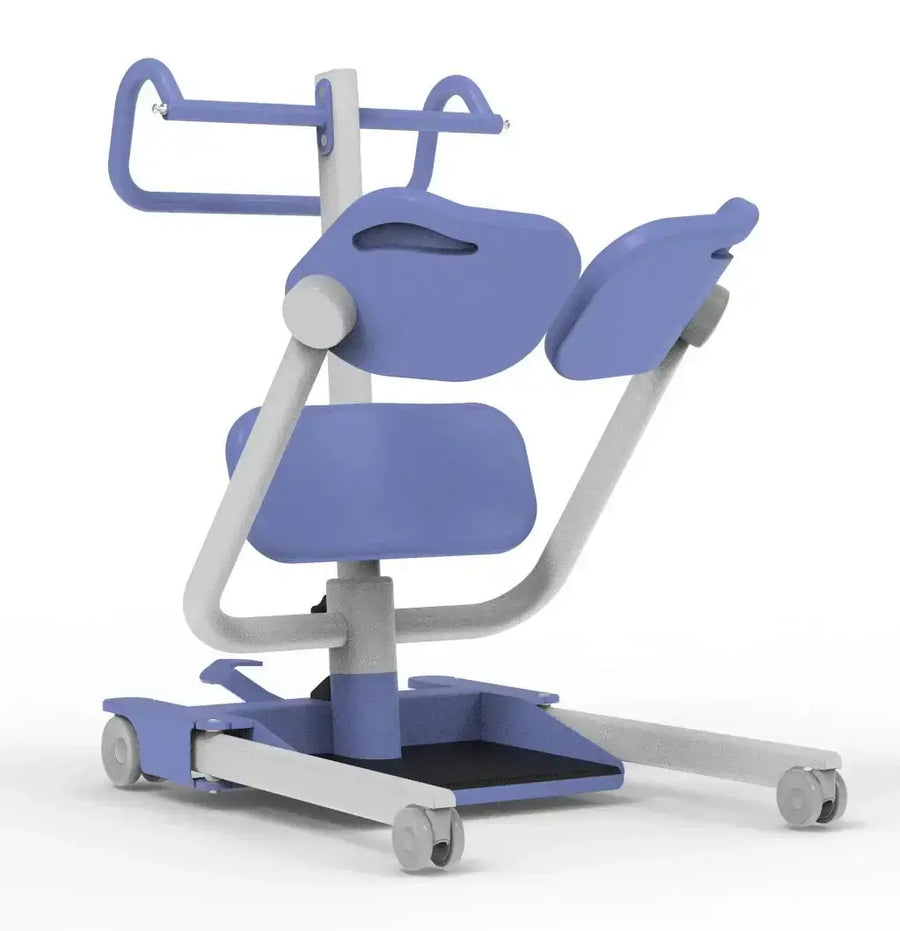
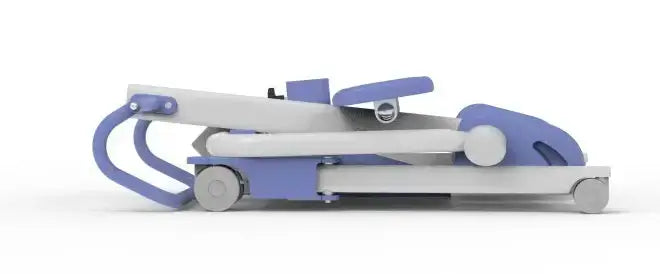
Leave a comment